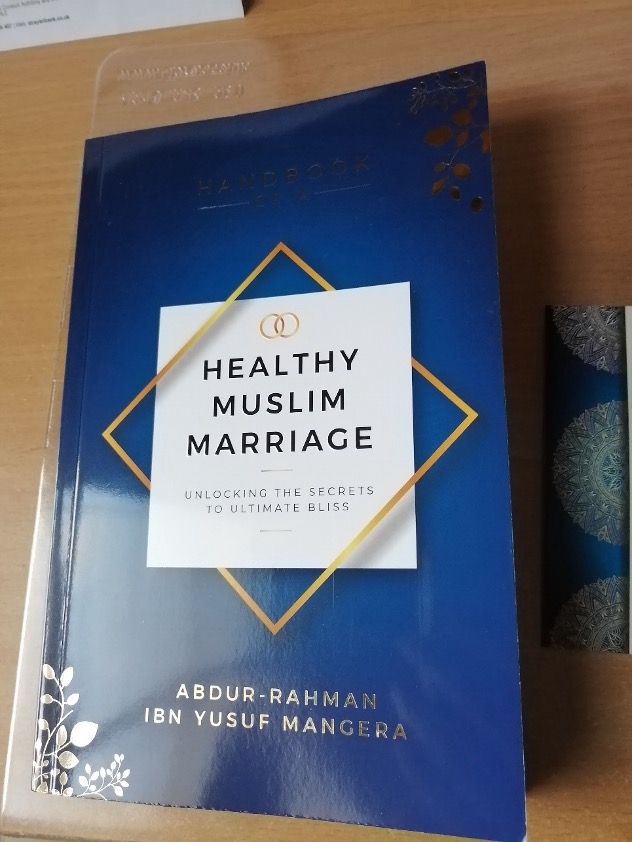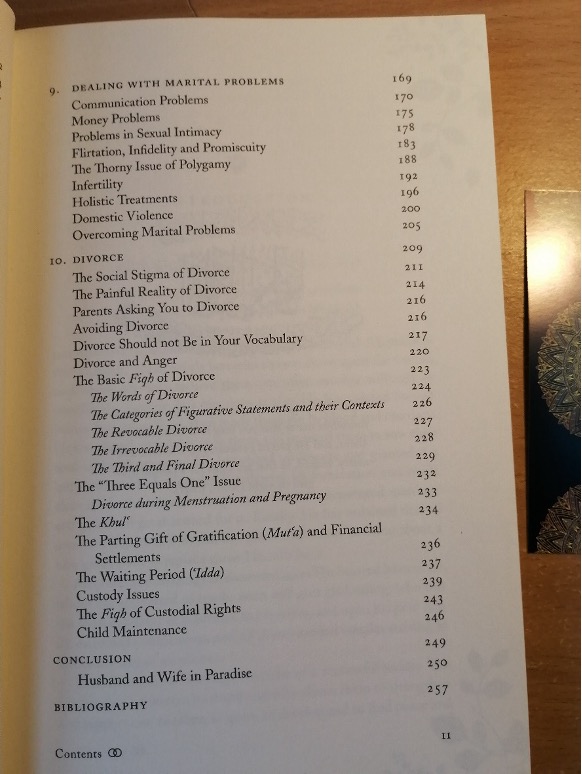Book Review by Mawlana Abu Asim Badrul Islam
JĀMI῾ AL-TIRMIDHI: CHAPTERS ON TRADE AND COMMERCE EXPLAINED
SHAYKH AL-ISLAM MUFTI MUHAMMAD TAQI USMANI
Translated and annotated by Shaykh Muhammad ibn Adam al-Kawthari
Author: Mufti Muhammad Taqi Usmani
Translator: Shaykh Muhammad ibn Adam al-Kawthari
Publisher: Turath Publishing (London)
Date: 1444/2023
Pages: 344
Hardback/Paperback:
THE FIRST OF ITS KIND in English, this is a detailed commentary on the chapters of mu῾āmalāt (trade and commerce, mutual dealings, ḥalāl and ḥarām etc.) in the canonical hadith collection of Imām Abu ῾Īsā al-Tirmidhi (may Allah Most Gracious have mercy on him) – the Sunan al-Tirmidhi (also known as Jāmi῾ al-Tirmidhi). The commentary is by a living luminary, an impeccable master of the sciences of Islam, a jurist of the highest calibre and an expert in ḥadῑth – Shaykh al-Islam Mufti Muhammad Taqi Usmani (b. 1943).
Prior to commencing his daily lectures on Ṣaḥῑḥ al-Bukhāri to final year students of the traditional ῾ālimiyyah (dawrat al- ḥadῑth) class at Jāmi῾ah Dār al-῾Ulūm Karachi towards the end of the 1990s – something that he continues to do till this day – Shaykh al-Islam Mufti Muhammad Taqi Usmani lectured on the Sunan al-Tirmidhi. These lectures were very popular amongst the students, many of whom transcribed them. Some of the teachers at Jāmi῾ah Dār al-῾Ulūm Karachi also recorded these lectures on tape recorder cassettes and transcribed them. These were later published under the titles Dars-e-Tirmidhi (3 volumes), Taqrῑr-e-Tirmidhi (2 volumes) and Dars-e-Tirmidhi (Kāpi) (3 volumes) by two separate publishers – each title containing different parts of the lectures. These publications became extremely popular with teachers and students of the canonical works of Prophetic ḥadῑth in the traditional madrasah system of the Indian subcontinent. Till this day, they continue to enjoy this popularity and acceptance, and continue to be published from the countries of the subcontinent in high numbers.
The current work is an English rendering of the previously titled Taqrῑr-e-Tirmidhi parts of the lectures. These are essentially 81 chapters of the newly edited lectures that deal with issues of trade and commerce, mutual dealings, and ḥalāl and ḥarām in general. Having had the privilege of seeing the completed translation, to the best of my knowledge, there currently is no other such authoritative work in the English language that covers the wide spectrum of topics from a purely ḥadῑth-orientated fiqh perspective. Such a work has certainly not been seen in English from a great pioneer – rather, an imām – in the vast and complex field of Islamic economics and finance like Shaykh al-Islam Mufti Muhammad Taqi Usmani. Having issued detailed fatwas at the tender age of twelve and thirteen years, Shaykh al-Islam Mufti Muhammad Taqi Usmani is known for his mastery in the sciences of ḥadῑth and fiqh – especially, the ḥanafi school of law – and the application of the jurisprudence of classical texts to the modern 21st/15th century world.
In presenting the current work to the English reader, Shaykh Muhammad ibn Adam has very skilfully rendered complex scholarly technical issues and nomenclature to plain English for the lay person. To add to the richness of the contents of the book, he has drawn on, and cross referenced with, the author’s various other key works in ḥadῑth commentary and modern application of classical fiqh – for example, In῾ām al-Bāri Sharḥ Ṣaḥῑḥ al-Bukhāri (Urdu), Takmilat Fatḥ al-Mulhim bi Sharḥ Ṣaḥῑḥ Muslim (Arabic), Fiqh al-Buyū῾ (Arabic).
This is a highly recommended book for Muslims who wish to peer through a fascinating window into the vast and complex world of the jurists of Islam. In-shā̕Allāh, doing so will increase one’s admiration for, and appreciation of, the fine acumen and deep foresight and insight of the imāms of Sharῑ῾ah. It will make one appreciate how each of the four established Sunni schools of law (madhhabs) is founded on the Noble Qur῾ān and Prophetic ḥadῑth, and, as the current work analyses each of the 81 topics through the juristic lens of a contemporary ḥanafi faqῑh, it will make one appreciate the rich jurisprudence of the ḥanafi legal school and its basis on the Noble Qur῾ān and Prophetic ḥadῑth.
Abu Asim Badrul Islam
Northampton
ENGLAND
19 Sha῾bān 1444/12 March 2023




